In which of the following ΔG decreases if there can be some intramolecular rearrangement ?
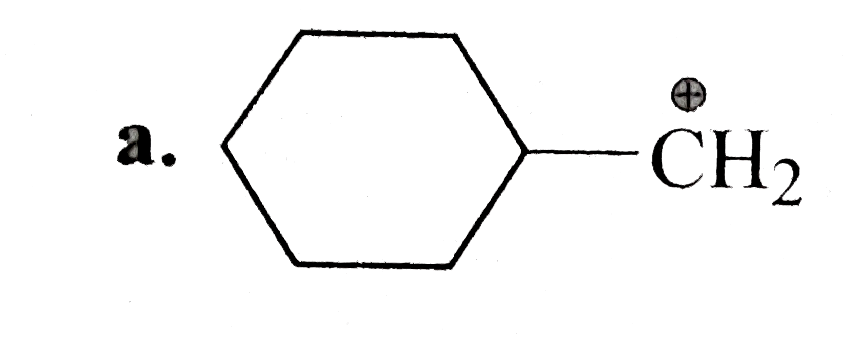
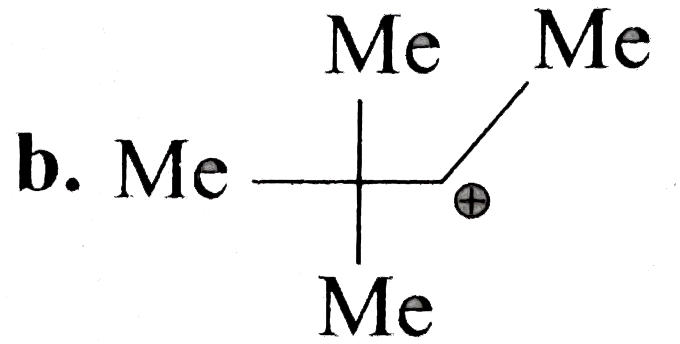

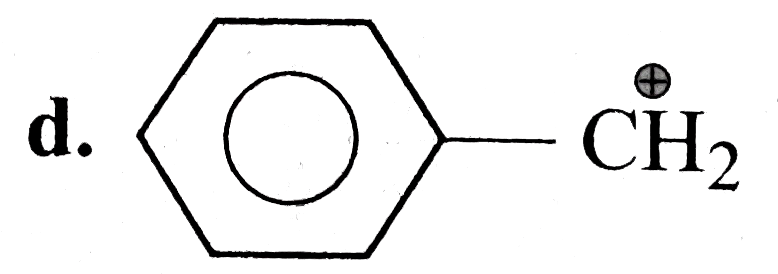
The correct Answer is:A, B, C
To determine in which cases the Gibbs free energy (ΔG) decreases due to intramolecular rearrangement, we need to analyze the stability of the carbocations formed in each option. The stability of carbocations is crucial because more stable carbocations correspond to a more favorable (lower) ΔG.
1. Identify the Carbocation Stability:
- For each structure (A, B, C, D), identify the type of carbocation present (primary, secondary, or tertiary).
2. Analyze Structure A:
- Structure A has a primary carbocation. It can undergo a hydride shift to form a tertiary carbocation, which is more stable.
- ΔG: Decreases (more stable carbocation formed).
3. Analyze Structure B:
- Structure B has a secondary carbocation. It can undergo a methyl shift to form a tertiary carbocation.
- ΔG: Decreases (more stable carbocation formed).
4. Analyze Structure C:
- Structure C also has a primary carbocation. Similar to structure A, it can undergo a hydride shift to form a tertiary carbocation.
- ΔG: Decreases (more stable carbocation formed).
5. Analyze Structure D:
- Structure D has a stable carbocation that does not undergo any rearrangement. Since there is no change in structure, ΔG does not decrease.
- ΔG: Does not decrease (no rearrangement).
6. Conclusion:
- The structures where ΔG decreases due to intramolecular rearrangement are A, B, and C.
Final Answer:
The correct options where ΔG decreases due to intramolecular rearrangement are A, B, and C.
- For each structure (A, B, C, D), identify the type of carbocation present (primary, secondary, or tertiary).
- Structure A has a primary carbocation. It can undergo a hydride shift to form a tertiary carbocation, which is more stable.
- ΔG: Decreases (more stable carbocation formed).
- Structure B has a secondary carbocation. It can undergo a methyl shift to form a tertiary carbocation.
- ΔG: Decreases (more stable carbocation formed).
- Structure C also has a primary carbocation. Similar to structure A, it can undergo a hydride shift to form a tertiary carbocation.
- ΔG: Decreases (more stable carbocation formed).
- Structure D has a stable carbocation that does not undergo any rearrangement. Since there is no change in structure, ΔG does not decrease.
- ΔG: Does not decrease (no rearrangement).
- The structures where ΔG decreases due to intramolecular rearrangement are A, B, and C.
The correct options where ΔG decreases due to intramolecular rearrangement are A, B, and C.
Topper's Solved these Questions
- GENERAL ORGANIC CHEMISTRYBOOK - CENGAGE CHEMISTRY ENGLISHCHAPTER - GENERAL ORGANIC CHEMISTRYEXERCISE - Single Correct
23 Videos
- GENERAL ORGANIC CHEMISTRYBOOK - CENGAGE CHEMISTRY ENGLISHCHAPTER - GENERAL ORGANIC CHEMISTRYEXERCISE - Assertion-Reasoning
5 Videos
- GENERAL ORGANIC CHEMISTRYBOOK - CENGAGE CHEMISTRY ENGLISHCHAPTER - GENERAL ORGANIC CHEMISTRYEXERCISE - Comprehension
20 Videos
- CLASSIFICATION AND NOMENCLATURE OF ORGANIC COMPOUNDSBOOK - CENGAGE CHEMISTRY ENGLISHCHAPTER - CLASSIFICATION AND NOMENCLATURE OF ORGANIC COMPOUNDSEXERCISE - Analytical and Descriptive Type
3 Videos
- HYDROGEN, WATER AND HYDROGEN PEROXIDEBOOK - CENGAGE CHEMISTRY ENGLISHCHAPTER - HYDROGEN, WATER AND HYDROGEN PEROXIDEEXERCISE - Subjective Archive (Subjective)
3 Videos
Similar Questions
Knowledge Check
Which of the following conformers of 1, 2-diol cannot form intramolecular H-bond?
A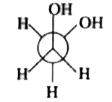 B
B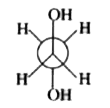 C
C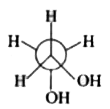 D
D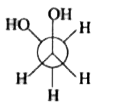
In which of the following change entropy decreases?
View SolutionWhich of the following defects decrease the density ?
View SolutionIn which of following there is decrease in entropy :-
View SolutionWhich of the following decreases the heart beat?
View SolutionWhich of the following factors will decrease oxygenation ?
View SolutionFor which of the following change ΔH≠ΔU?
View SolutionWhich of the following is not a rearrangement reaction ?
View Solution
